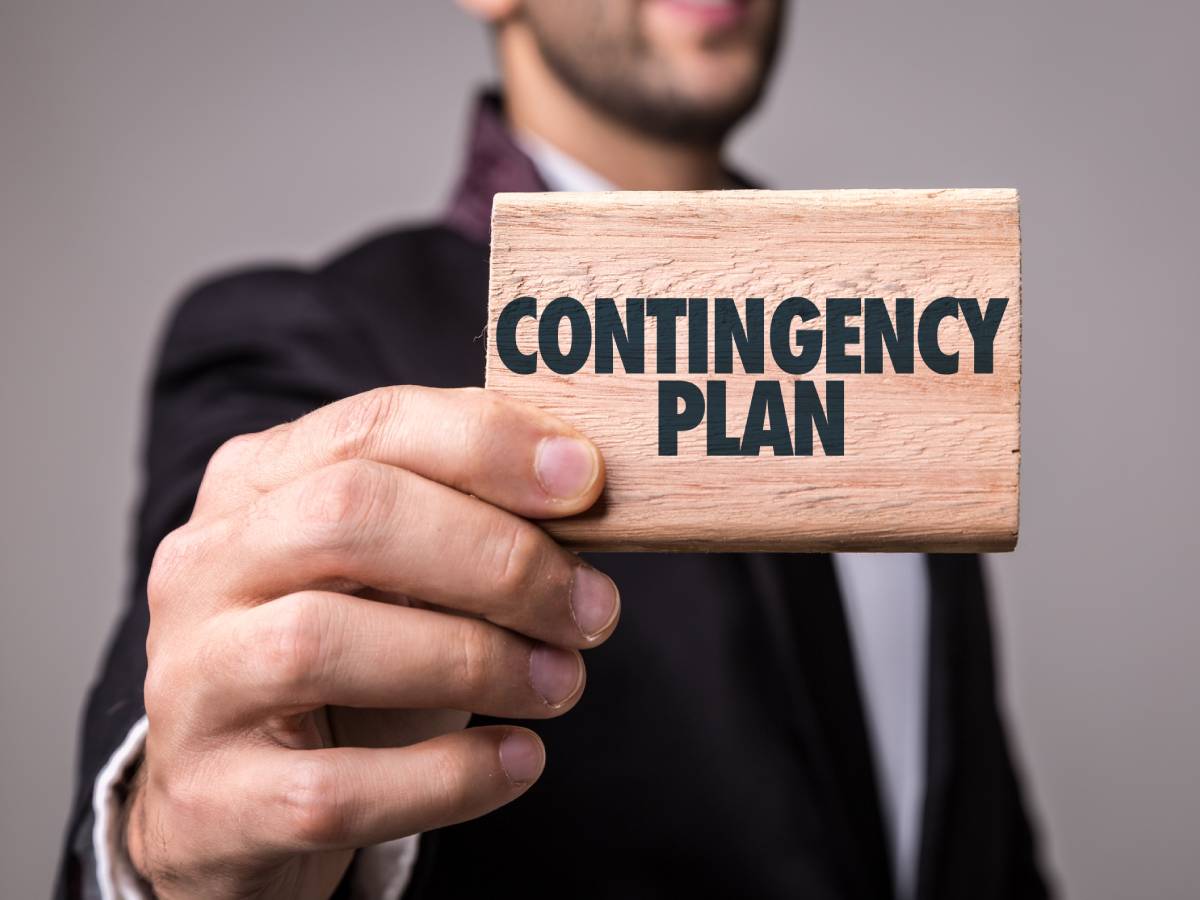If you are looking for the definition of a contingency plan and an example, you have reached the indicated post. Here you will solve your doubts, and you will be able to better prepare for an unknown event that could damage the image of your company. Good strategies always involve a contingency plan in case the original plan fails.
In some cases, the original plan may not be as successful as expected, requiring the support of a contingency plan to achieve the same goal in another way.
Surely you have heard many times about “Plan B”, so, somehow, you already know that it is a contingency plan and an example of it you will have learned in the past. But we will delve into this concept and see what it translates into in the business world.
What Is A Contingency Plan?
An organization’s steps when an unexpected situation or event occurs are included in a contingency plan. An example of this can be positive, such as when there is an unexpected surplus in cash flow. But most of the time, the contingency planning process is primarily concerned with adverse events.
The motivation for creating a Plan B is to prepare for the possibility of events that may affect the organization’s financial health, reputation, or ability to continue operations. Such events can be about natural disasters, fire, network failure, or a data breach, to name a few.
Having a contingency plan in place helps ensure business continuity, regardless of the circumstances.
Most organizations have contingency plan templates ready for various potential threats. These plans undergo extensive research, and the resulting appropriate responses are tested before the crisis occurs.
Defining a contingency plan can be seen as taking a proactive approach than crisis management, which is more of a reactive approach. A contingency plan ensures that the business is always prepared for any eventuality. In contrast, a crisis management plan allows the organization to control the response after the events occur.
What To Keep In Mind When Preparing A Contingency Plan?
The critical elements of a contingency plan are protection, detection and recoverability. A good contingency plan must include any event that could interrupt operations, whatever their origin. These can be threats to data security or natural disasters affecting the supply chain, among others.
To get a detailed look at the contingency planning process, it is essential to follow these steps:
- Have clear objectives and priorities.
- Know what resources are available.
- Relying on objective data, such as that obtained from a risk assessment.
- Please do not settle for drawing up the plan. Put it to the test and keep it up to date.
- Complete it with alternatives that consider unlikely scenarios.
What Are The Steps To Follow To Prepare a Contingency Plan?
An effective business contingency plan is based on sound research and brainstorming. The steps to follow to prepare this living document are the following:
- Start with a brainstorming that lists the key risks. You have to understand what the company is being prepared for. It is essential to have input from the team and brainstorm potential events that may hurt the business. People from all departments should be involved to make sure you are preparing for the entire organization and not just for one area. All possible risks should be considered, including security breaches, natural disasters or sudden personnel changes.
- Set priorities. Once you have finished creating a list of potential risks affecting different parts of the business, it is time to start prioritizing them based on their possible impact. This work can also be done depending on the various departments. The focus must be put on minimizing losses.
- Identify and gather resources. Next, it is time to prepare a list of essential resources that the company has access to and can use in times of disaster. Computer tools, human resources, and emergency contact details should be on this list, which should also be ranked in order of priority. The contingency plan should include a step-by-step guide on what to do in the event and how to manage the situation. In addition, it should also include information about the key personnel with whom to communicate, data that must always be kept up to date.
Once the contingency plan has been written, it is essential to disseminate it. The information contained must be easily accessible to all employees and essential stakeholders.

